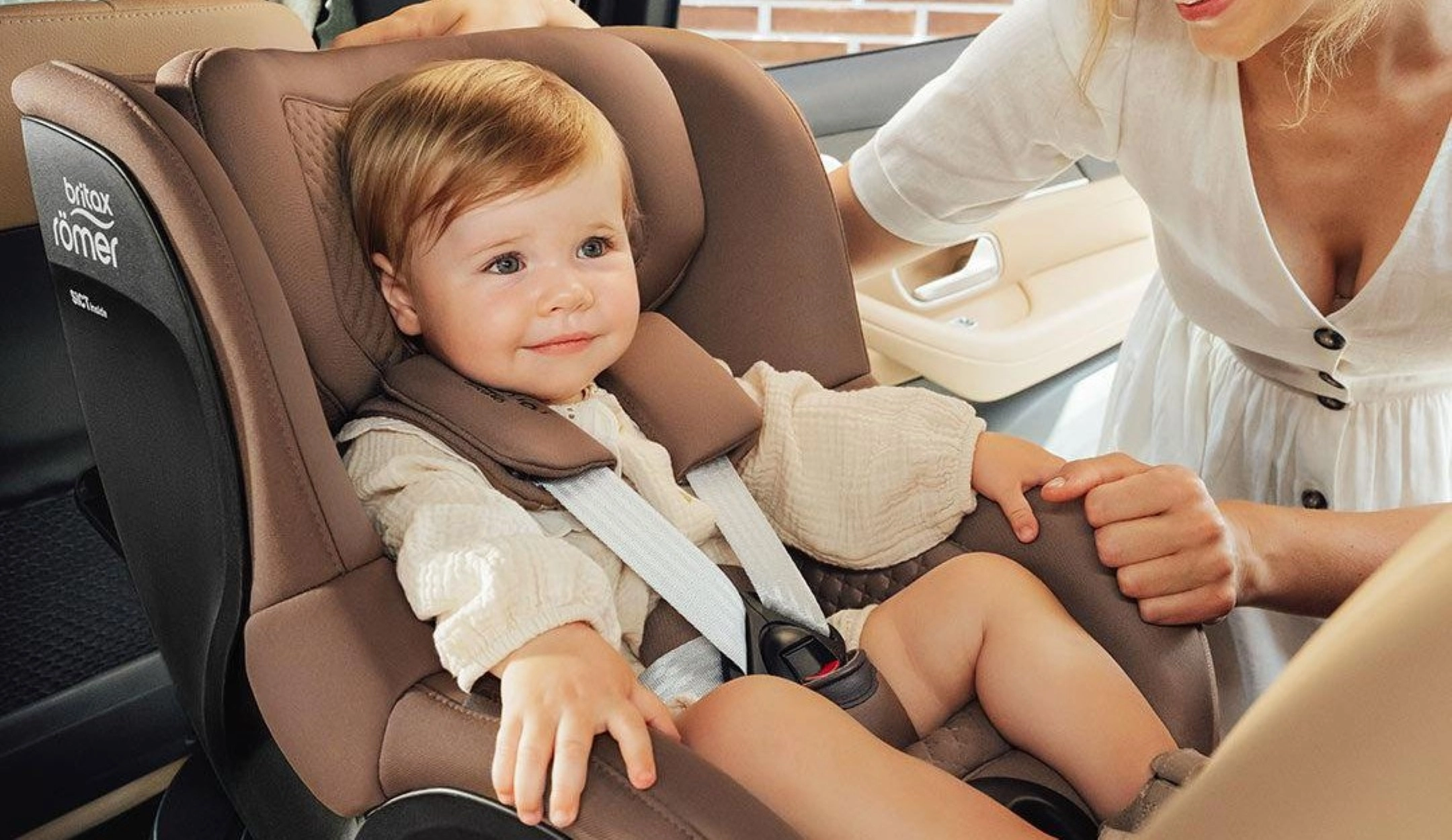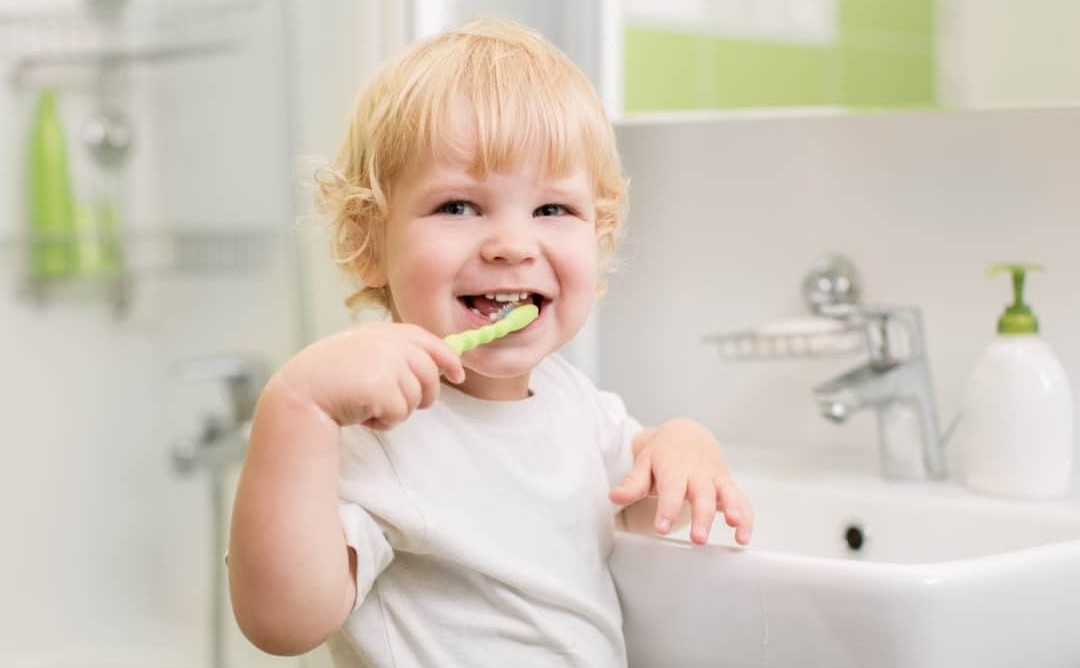How Kids Benefit From Interacting With Animals?

When a household includes both a child and a pet, the atmosphere seems imbued with a unique kind of magic. The young child and their furry companion build a relationship reminiscent of a fairy tale - full of laughter, play, and little secrets. Yet the benefits of such a friendship extend far beyond mere emotions: research and everyday experience alike show that interacting with animals actively shapes a child’s character and skills.
Early Steps Toward Responsibility
Caring for a pet - whether feeding, changing water, cleaning, or simply offering affection - demonstrates from an early age that care is expressed through actions, not just words. These small but consistent acts help cultivate a sense of responsibility, which gradually manifests in other areas of life.
Developing Empathy Through Animals
Animals act as a kind of mirror for a child. When a cat purrs or a dog reacts to a loud noise, children learn to observe emotions and recognize that the feelings of others deserve attention and respect. This ability forms a vital foundation for emotional intelligence.
Play and Movement as Natural Stimulation
Watching birds, playing with a pet, or taking walks outdoors all encourage a child to move and explore the world. Animals seem to invite: “Come run, play, and spend time together.”
Age and Safety Considerations
Whether a child can safely interact with an animal depends less on age and more on the situation’s safety. Young children require constant supervision to prevent accidents, while older children can grasp simple rules: do not hurt the animal, respect its personal space, and avoid provoking it.
Guidance for Parents
- Explain to your child that an animal is a living being with its own feelings.
- Show them how to gently pet and handle the animal.
- Establish rules: separate feeding bowls, water, and a designated sleeping area - respecting the pet’s personal space.
- Allow time for mutual adjustment if the pet is new to the household.
The bond between children and animals is more than mere play or friendship. It is a path of learning, trust-building, and understanding the world. Interacting with animals teaches patience, care, and the ability to listen without words - qualities that remain with a child throughout life.


